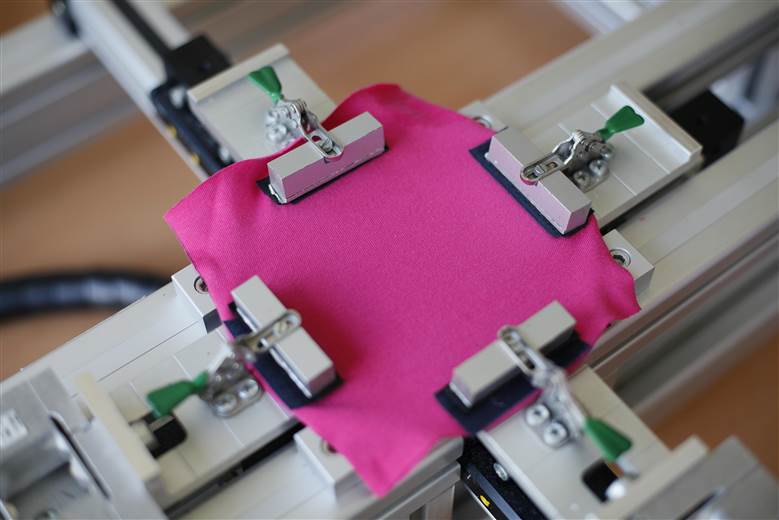Hohenstein discovers best textiles for thermal comfort in intense sunlight
12/02/2016

Researchers selected six polyester (PES), polyamide (PA) and Lyocell/polypropylene (CLY/PP) textiles which were treated with red and black dyes and three UV protection agents.
The samples were tested for their UV protection under UV Standard 801 and for the protection they offered against hot sunshine), and also with regard to their heat and moisture management, with the help of the Hohenstein Skin Model and skin sensorial measuring devices.
The samples that were particularly good at thermoregulation were made into shirts and trousers with sleeves and legs of different lengths. These garments, worn by a thermal manikin, were exposed to a specific amount of heat radiation to simulate warming by the sun - which varied depending on the length of the garment. Finally, wearing trials were carried out using volunteers, to further validate the best test samples.
It emerged that the ideal blend of fibres should consist of CLY/PP/PA, because fabrics made of CLY/PP are very comfortable to wear and, when combined with PA fibres, also offer a high degree of UV protection.
Dyeing the textiles red or black significantly increased the UV protection compared with the white samples, and proved to be more effective than applying the chosen UV-protection agents to the textile.
Less heat passes through the red and black textiles, but this is at the cost of more heat being absorbed by the textile.
In summer and in direct sunshine, sportsmen and -women should opt for loose clothing, because this means the heat that is absorbed is not transmitted straight on to the skin.








